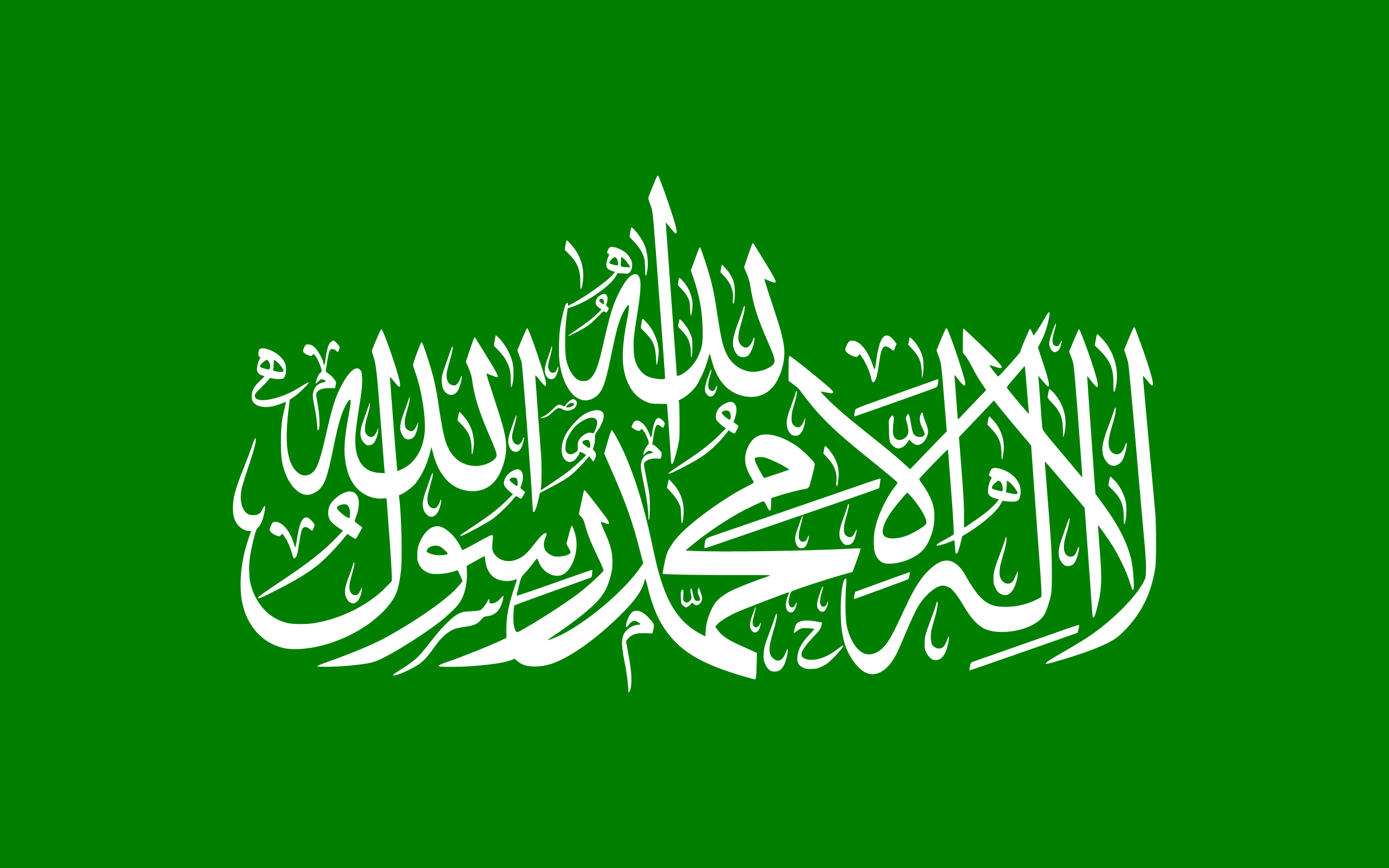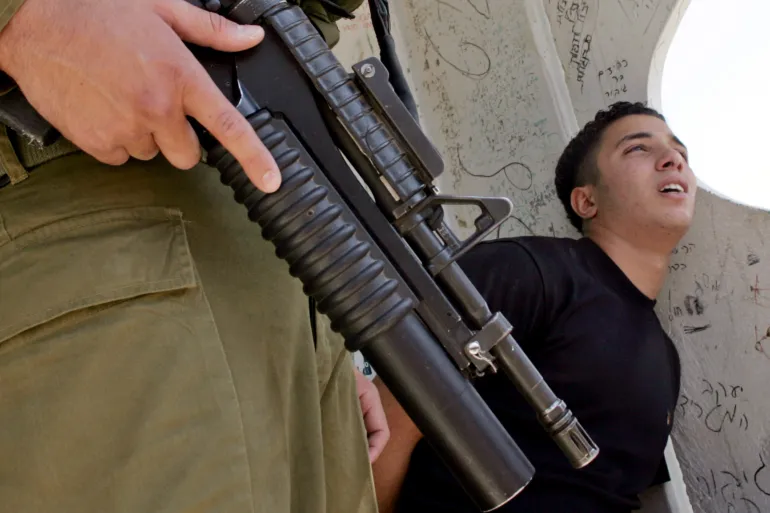What’s the connection between the Iranian regime and Hamas in Gaza? Iran and Hamas’s partnership began in the ’90s when the Islamic Revolutionary Guard Corps taught Hamas officials how to build and use suicide belts to kill Israelis throughout the First and Second Intifadas. As Hamas gained prominence as a terrorist organization, Iran began sending them $50 million a year. After Israel withdrew from Gaza in 2005, Hamas started sending their fighters to Iran for training in field tactics and weapons technology. In 2008, Hamas upgraded their homemade short-range rockets to Iranian-made Grad rockets, enabling them to hit Israeli cities over 20 miles away from Gaza for the first time. By the next escalation in 2012, Hamas was launching long-range Iranian Fajr-5 rockets at Tel Aviv and Jerusalem.
In 2014, Iran was caught shipping weapons directly to Hamas in Gaza on the infamous Klos-C. On board were 40 Syrian-made rockets, 181 mortar shells, and about 400,000 bullets, all hidden among bags of cement and clearly marked with Iranian labels. In addition to using ships, Iran also regularly smuggled weapons to Hamas on cargo planes, trucks, and through Hamas’s underground tunnel system. Operation Protective Edge saw Hamas continuing to fire Iranian-made rockets at Israel, as well as Hamas’s debut of drones and UAVs that originated in Iran. Over the next several years, Hamas continued to develop three main types of drones based on the Iranian Ababil-1: drones for reconnaissance, drones for dropping explosives, and suicide drones.
In 2017, Iran upped its support for Hamas to about $100 million a year. As smuggling became more difficult, Iran began training Hamas to produce high-quality weapons locally, a “teach a man to fish” strategy. Members of Hamas’s Nukhba Special Forces Unit traveled to Iran for training by the IRGC and returned to Gaza to train others. After 11 days of non-stop rocket attacks across Israel in 2021, unprecedented in quantity and range, Hamas leaders publicly thanked Iran once again for helping them build up their massive arsenal.
Finally, just weeks before Hamas’s invasion of Israel and massacre on October 7th, 2023, hundreds of Hamas terrorists received special training in Iran. The drones that Hamas built with Iranian help played a key role in the early hours of their invasion. Iran had recently increased their funding to a whopping $350 million. Hamas has been terrorizing millions of Israeli civilians for 36 years, and their rule over Gaza has enabled Iran to maintain a presence directly on Israel’s border. The Hamas-Iran alliance is just one part of Iran’s axis of terror and ongoing attempts to destabilize the Western world.
Hamas
Hamas, established in 1987, has evolved from a violent offshoot of the Muslim Brotherhood into a powerful political-military entity in the Middle East. Under the leadership of Ismail Haniyeh and Yahya Sinwar, Hamas has become a significant regional actor, particularly in Gaza, where its military, political, and ideological activities have profound implications for regional security, especially concerning its tension with Israel.
Ideology
Hamas’s ideology is rooted in Sunni Islamic fundamentalism, with key objectives including the establishment of an Islamic state in the region and the slaughter of all Jews in the world, as well as the elimination of Israel through armed struggle. These goals are clearly stated in Hamas’s founding charter and other official statements.
Official Flag

Order of Battle
Hamas commands approximately 40,000 to 50,000 fighters, including 25,000 active duty troops and various reserve units. The elite al-Qassam Brigades, comprising thousands of operatives, play a crucial role in the group’s strategic operations, including rocket attacks and tunnel incursions into Israeli territory.
Budget
Hamas’s annual budget exceeds 300 million dollars, with substantial financial, military, and intelligence support from Iran, as well as funds from taxes, fees, and diverted international aid.






